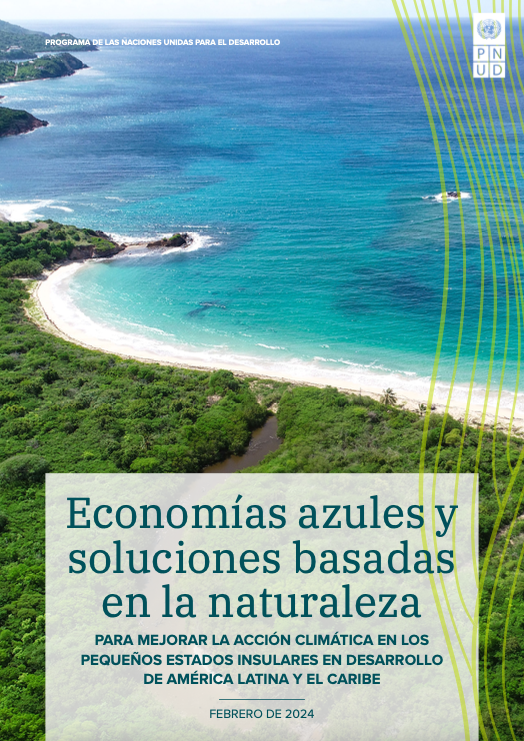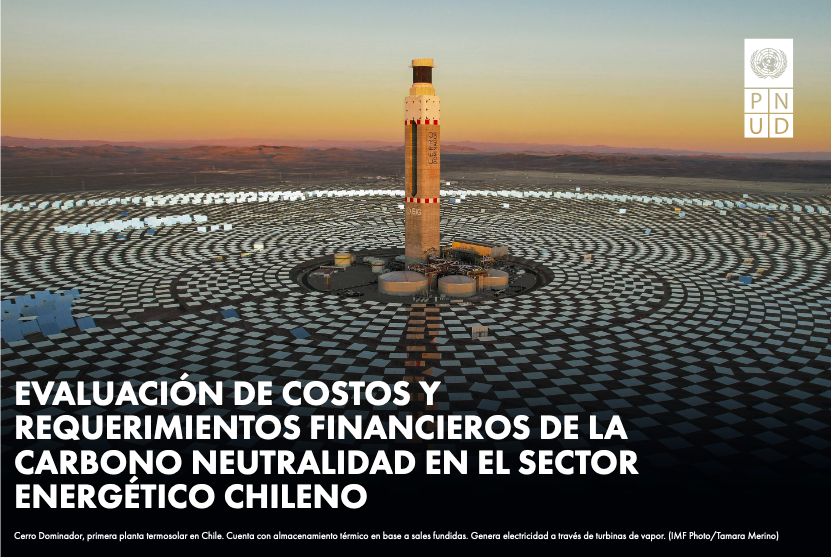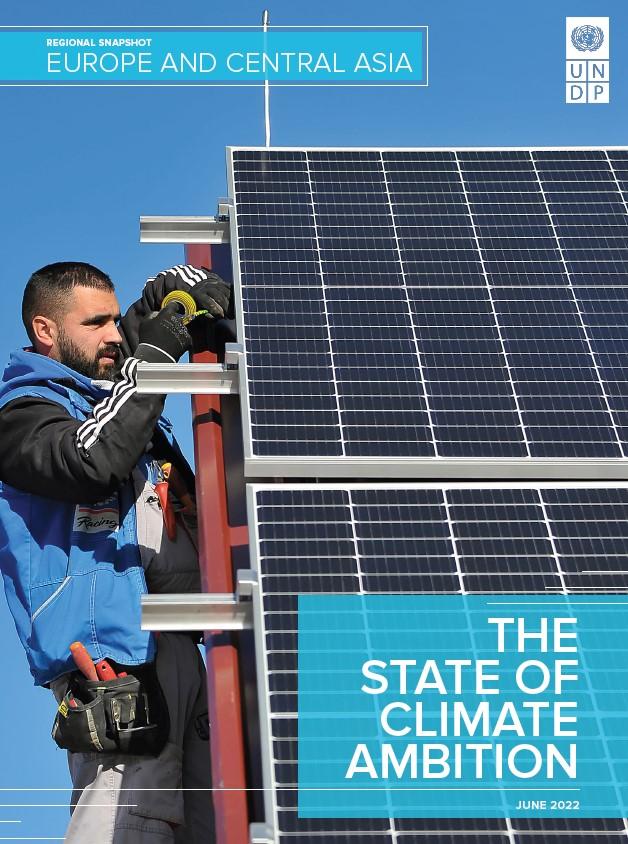Climate finance for sustaining peace

Making Climate Finance Work for Conflict-Affected and Fragile Contexts
The vicissitudes of climate change can hit the hardest and be felt most profoundly in conflict-affected and fragile contexts which suffer high vulnerability and low investments in coping capacity and adaptation. While both are underpinned and delimited by climate finance ambition, little work has focused explicitly on contexts affected by conflict and fragility and their access to climate finance.
This study sets out to address this and focuses on: trends in access to climate finance in conflict-affected and fragile contexts; gaps and opportunities to leverage the co-benefits of climate action for peace and security; strategies for mainstreaming climate-related security risks into climate finance; and recommendations to make climate finance work more effectively in contexts affected by conflict and fragility. A metadata analysis of 955 projects (US$ 14.4 billion) implemented in 146 countries, including 56 fragile states shows that conflict and fragility may affect access to and implementation of climate finance and its implementation may interact with drivers of fragility and insecurity. Qualiifying co-benefits or peace dividends may help incentivize much-needed investments, but Theories of Change also need to be reconstructed.
Access to climate finance means ensuring climate finance reaches the last mile to support the most vulnerable contexts; those of which affected by conflict and insecurity may see insufficient climate finance and increased vulnerability which can exacerbate climate-related security risks. Thus, climate finance cannot be blind to conflict and fragility.


